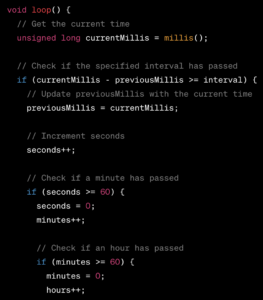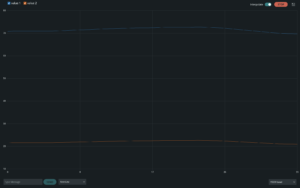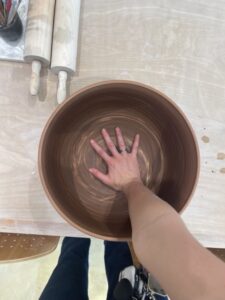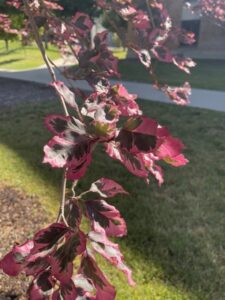My name is Rose Kirk-Landry and I am interning in environmental engineering at the University of Utah in Salt Lake City. Our team had a bit of a slow week because two of us got sick and the other intern was out of town.
There were two main issues that we set out to research this week: getting the arduino temperature sensor to record real time instead of just seconds since the experiment began, and finding a way for the computer to receive data in a CSV (comma separated value) file so that we can log data as the ordered pair of (time, temperature). We were unable to find actual solutions to these issues, but we learned a lot.
Time – usually the best (and simplest) way to record time on an adruino would be through an RTC (real time clock). Unfortunately since we don’t have one of those we have had to explore other options. One way to do this is to use arduino’s built in millis() function to keep track of the time. I haven’t personally done extensive research on this particular topic, but here is an example of what part of the code for this may look like:
Data – our basic arduino sensor and code are able to output graphs and values, but not in a way that can be exported to software like sheets or excel. Without this function, our data are basically useless as they can’t be saved or analyzed. We need to find a way to get the data from the arduino output into a CSV file that can be easily transported and interpreted in order to be able to find temperature extrema and average over a period of time. It seems that the best way to accomplish this is through a terminal emulator, a software that enables the host computer (one of our laptops) to transfer files and complete tasks on another device (arduino). There are many different terminals, but several of the ones I’ve tried to work with don’t run well on macOS.
Experiment – Our end goal in all of this is to be able to conduct an extended temperature analysis using multiple sensors across different locations. Once we are able to fully record our data we will conduct a true temperature trial. The importance of getting the Arduino to record correct timestamps along with temperature data (maybe through a serial link from the Arduino to the computer) is so that we can have an accurate record of what the temperature was at a given time in our experiment location. Depending on how long it takes to figure out our current issues, this experiment may be a more long term goal.
Other – This week, I made my largest piece yet on the pottery wheel, baked a pie, and saw a really cool tree on the UUtah campus.






Loving the images Rose – I saw some of those before, but I did not realize you were putting them in the blog. What kind of tree was this, do you know?